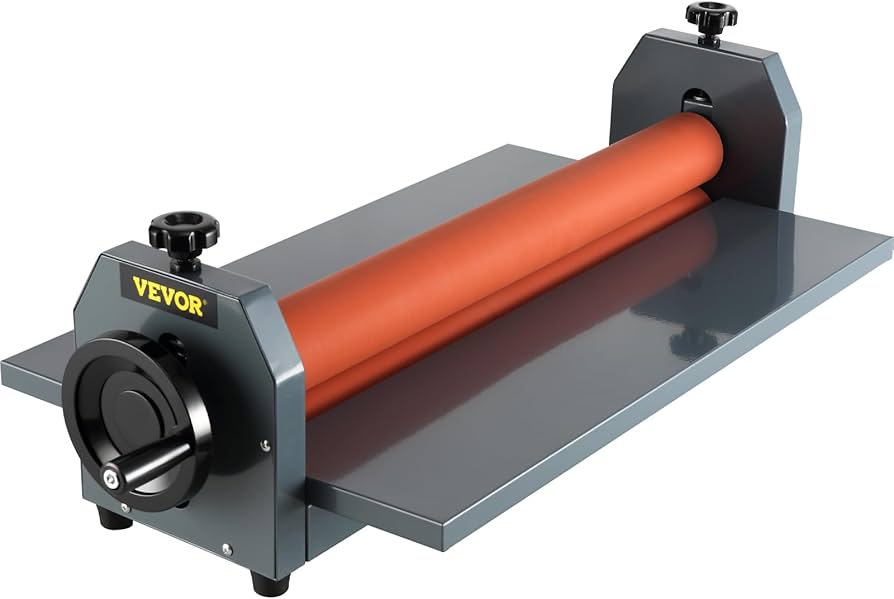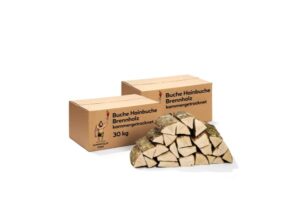Why Roll Laminators Are Ideal for Large-Format Projects
In today’s fast-paced world, efficiency and quality are essential in the production of large-format projects. Whether you’re working on posters, banners, maps, or signs, the need for a reliable laminating solution is crucial. One of the best tools for these tasks is the roll laminator. Unlike its smaller cousin, the pouch laminator, roll laminators excel in handling large volumes of work and processing wide materials with precision and speed.
In this article, we’ll explore why roll laminators are ideal for large-format projects, the benefits they provide, and the essential features that make them indispensable for professional environments. We’ll also highlight how specific tools like the mounting roll laminator and best 27-inch laminator fit into the picture for specialized needs.
What is a Roll Laminator?
A roll laminator is a type of laminating machine that uses two large rolls of laminate film to cover documents or materials with a protective coating. The rolls continuously feed the film over the items as they pass through the laminator. Unlike pouch laminators that require individual laminating pouches for each piece, roll laminators can handle long sheets of material, making them ideal for large or continuous projects.
Roll laminators come in various sizes, with widths typically ranging from 12 inches to over 60 inches. Depending on the model, they can laminate both hot and cold films, offering versatility for different types of materials and applications.
Benefits of Roll Laminators for Large-Format Projects
1. Efficiency and Speed
One of the most significant advantages of roll laminators is their speed. Roll laminators can handle multiple sheets in a continuous feed, eliminating the need to individually place items in laminating pouches. This feature is especially useful in environments that require high-volume lamination, such as schools, print shops, and corporate settings.
In comparison to pouch laminators, which can be slow and tedious when laminating multiple large items, roll laminators streamline the process by feeding the materials through automatically. This makes it possible to complete large projects quickly, saving valuable time.
2. Laminating Large Formats
For wide-format projects, such as posters, signs, and banners, roll laminators offer an ideal solution. These machines can laminate items that are too large for traditional pouch laminators. Roll laminators are available in a variety of widths, with some models able to laminate items over 60 inches wide, accommodating even the largest materials.
A best 27-inch laminator is particularly popular in schools and offices because it can handle standard posters, educational charts, and presentation boards. The ability to laminate large sheets without cutting or resizing them is a major benefit for professionals who need to maintain the integrity of their documents.
3. Cost-Effectiveness
When working with larger or bulk projects, roll laminators are more cost-effective than pouch laminators. The continuous film rolls used by roll laminators are generally less expensive per square foot than laminating pouches. This is especially true for high-volume jobs, where the cost of individual pouches can add up quickly.
Additionally, because roll laminators can handle a wider variety of laminating films—such as different thicknesses and finishes—they provide more flexibility for meeting project specifications without increasing costs. For instance, using thinner films on less critical materials can save money, while thicker films can be applied to more valuable or durable items.
Types of Roll Laminators for Large-Format Projects
1. Hot Roll Laminators
Hot roll laminators use heat to activate the adhesive on the laminating film, which bonds to the material as it passes through the rollers. This type of laminator is ideal for standard paper and other materials that can withstand heat. Hot laminators are commonly used in schools, offices, and print shops for creating durable, glossy posters, signs, and charts.
Hot roll laminators can handle different film thicknesses, making them versatile for a variety of projects. These laminators are the go-to choice for users seeking a strong bond that will protect their documents from wear and tear, moisture, and UV light.
2. Cold Roll Laminators
Cold roll laminators use pressure, rather than heat, to adhere the film to the material. This is particularly useful for materials that are heat-sensitive, such as photos, artwork, or certain types of vinyl. Cold laminators are also preferred for applications that require a matte finish, as the cold process can avoid the glossy reflection that comes with hot lamination.
Cold laminators are also faster since they don’t require a warm-up time. This makes them ideal for environments that frequently switch between materials that may be heat-sensitive or require different finishes.
3. Mounting Roll Laminators
A mounting roll laminator is specifically designed for projects that involve mounting items onto rigid surfaces, such as foam boards, gator boards, or other display materials. These laminators are typically used in sign-making, photography, and exhibit creation where the item needs to be both laminated and mounted onto a sturdy backing.
Mounting roll laminators are equipped with features like adjustable pressure settings to ensure a tight bond between the laminated material and the mounting surface. They offer a professional finish that’s crucial for displays, signage, and presentation boards that will be viewed up close.
Applications of Roll Laminators in Large-Format Projects
1. Posters and Banners
Roll laminators are perfect for producing posters and banners that need protection from environmental damage. Whether it’s a promotional banner for an event or an educational poster for a classroom, roll laminators provide a protective layer that prevents wear and tear, water damage, and fading from sunlight. The wide format capabilities of roll laminators make them the obvious choice for these types of large-scale projects.
2. Maps and Blueprints
Architects, engineers, and geographers often use roll laminators to protect large maps and blueprints. These documents are frequently handled, and lamination provides the durability necessary for repeated use. Laminating blueprints and maps also ensures they remain clear and easy to read over time, even in harsh work environments.
3. Educational and Business Presentations
Educational institutions and businesses often need large-scale presentations for lectures, conferences, or trade shows. Roll laminators provide the perfect solution for laminating large display boards and charts that need to be transported, handled frequently, and displayed in high-traffic areas. The durable laminate film protects the display from damage while maintaining a professional appearance.
Key Features to Consider When Choosing a Roll Laminator
When selecting the best roll laminator for your needs, it’s essential to consider several key factors:
- Size: Choose a laminator that accommodates the maximum width of your projects. A best 27-inch laminator is a popular choice for schools and offices that frequently handle large-format documents like posters and charts.
- Speed: For high-volume projects, look for a laminator with a fast lamination speed to keep your production line moving efficiently.
- Film Thickness: Consider a machine that can handle various film thicknesses to give you flexibility in the level of protection and finish for different projects.
- Hot vs. Cold Lamination: Depending on the types of materials you’ll be laminating, choose a laminator that offers both hot and cold lamination options for versatility.
Conclusion
Roll laminators are the ideal solution for large-format projects, offering speed, efficiency, and cost-effectiveness. Whether you’re laminating posters, banners, maps, or business presentations, these machines provide a durable and professional finish that protects your documents from damage. With a range of options like hot, cold, and mounting roll laminators, you can find the perfect laminator to meet your specific needs, whether it’s a standard wide-format laminator or the best 27-inch laminator for everyday office tasks. Investing in a roll laminator ensures that your large-format projects are completed with precision and quality every time.












Post Comment